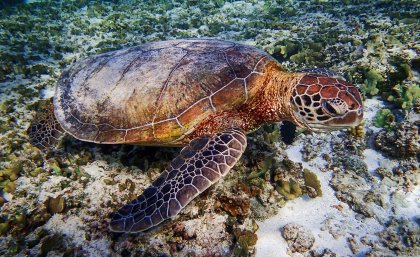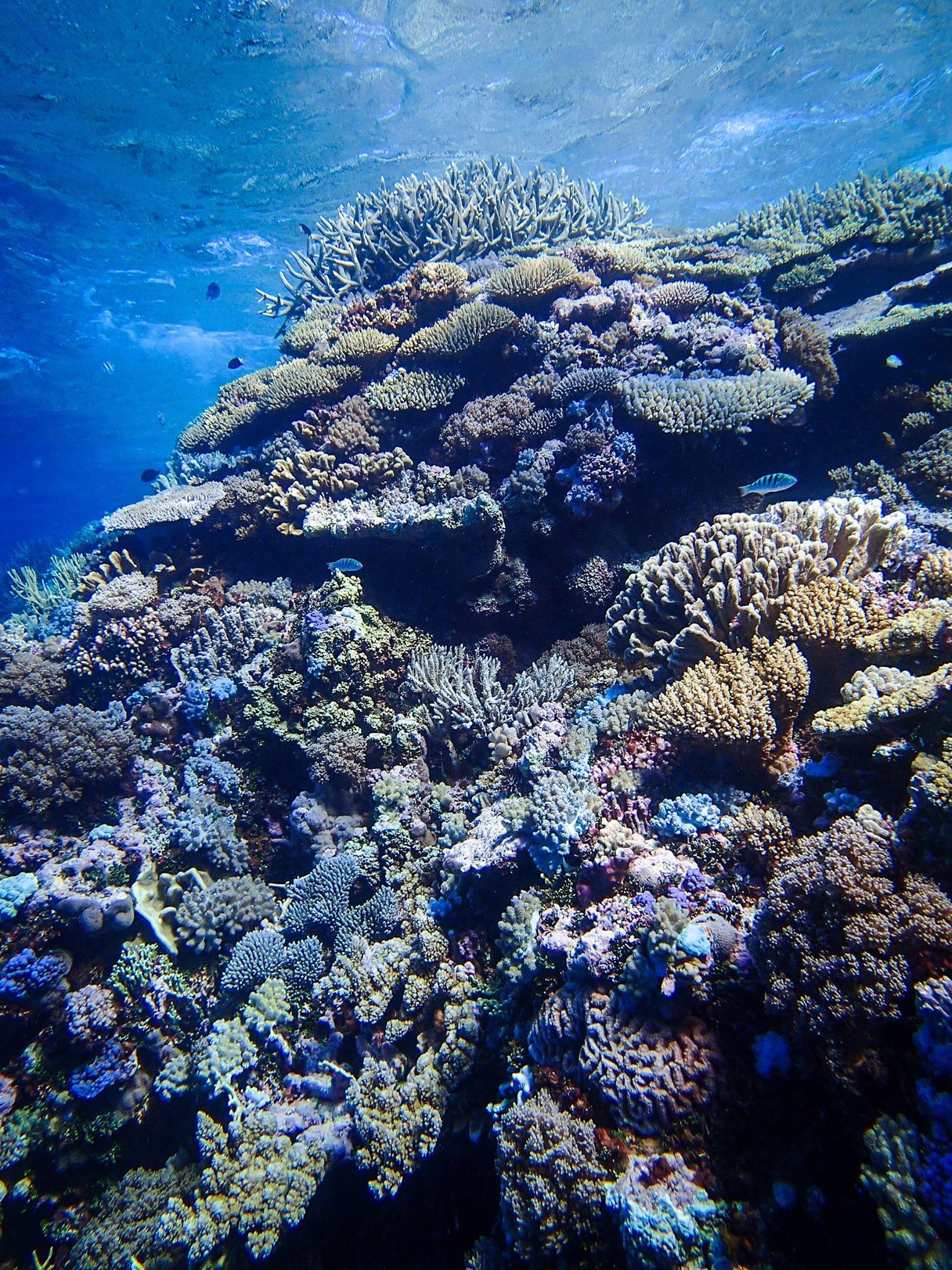
Protected marine areas are often in the wrong locations to stop threats to biodiversity, according to international research led by a University of Queensland team.
Dr Caitlin Kuempel said protecting large tracts of ocean can be incredibly effective against biodiversity loss and there has been a lot of progress.
“But if we don’t place them where they can reduce threats to marine habitats and species – arguably their primary purpose – we’re not getting the immediate benefits needed to protect our oceans,” Dr Kuempel said.
Researchers classified human impacts on oceans as ‘stoppable’ or ‘unstoppable’ based on whether effective marine protected areas could reduce each threat.
“We found that areas with relatively low levels of stoppable threats had 6.3 times the strict protection of areas with high levels.
“Stoppable threats included stressors like fishing, human-made structures and direct human impacts, while unstoppable threats included threats that require action on land or additional policies, like nutrient pollution and climate change.”
Dr Kuempel said the findings reinforced the view that many protected marine areas are placed far from human populations, and may simply be ‘paper parks’.
 “We might be looking at some impressive quantities of protected places on the map, but they’re not in the right places to effectively protect marine biodiversity from threats currently driving biodiversity loss,” she said.
“We might be looking at some impressive quantities of protected places on the map, but they’re not in the right places to effectively protect marine biodiversity from threats currently driving biodiversity loss,” she said.
“By comparing protection regimes with actual threats around the world, we’ve found a strikingly apparent lean towards protecting these low threat areas.”
The team identified 31 ‘crisis’ regions with high threat levels but very low levels of protection, where they say marine protected areas could help stop biodiversity loss, such as the Indo-Malaysian region, a marine biodiversity hotspot.
The Nature Conservancy’s Chief Scientist Dr Hugh Possingham said the findings highlighted an immediate need for more effective conservation policies.
“There’s a lot of debate around whether we should either protect pristine wilderness areas or places with high levels of threat,” he said.
“The answer is both; however the tendency to protect low threat areas – which is often easier and cheaper – shows that countries need better marine spatial planning.
“If we don’t do this more effectively, we’ll lose species and threaten the benefits marine habitats provide, such as food, coastal protection and recreation.”
Dr Kuempel said upcoming international conservation agendas provided an excellent opportunity to address these shortfalls by creating a more representative, robust network of global protected areas.
“As we prepare for the world’s post-2020 global biodiversity framework, decisions need to be made that correct these biases,” she said.
“There’s still a tremendous opportunity to bolster the near-term conservation impact of our global marine protected area network.
“Clear, quantifiable goals that guide and measure how protection is allocated between high and low threat areas would help decision makers to protect our precious habitats and species.”
The study has been published in Conservation Biology (DOI: 10.1111/cobi.13340).
Media: Caitlin Kuempel (Santa Barbara, California), kuempel@nceas.ucsb.edu, +1 319 777 8390; Professor Hugh Possingham (Brisbane, Australia), hugh.possingham@tnc.org, +61 434 079 061; Dominic Jarvis, dominic.jarvis@uq.edu.au, +61 413 334 924.











